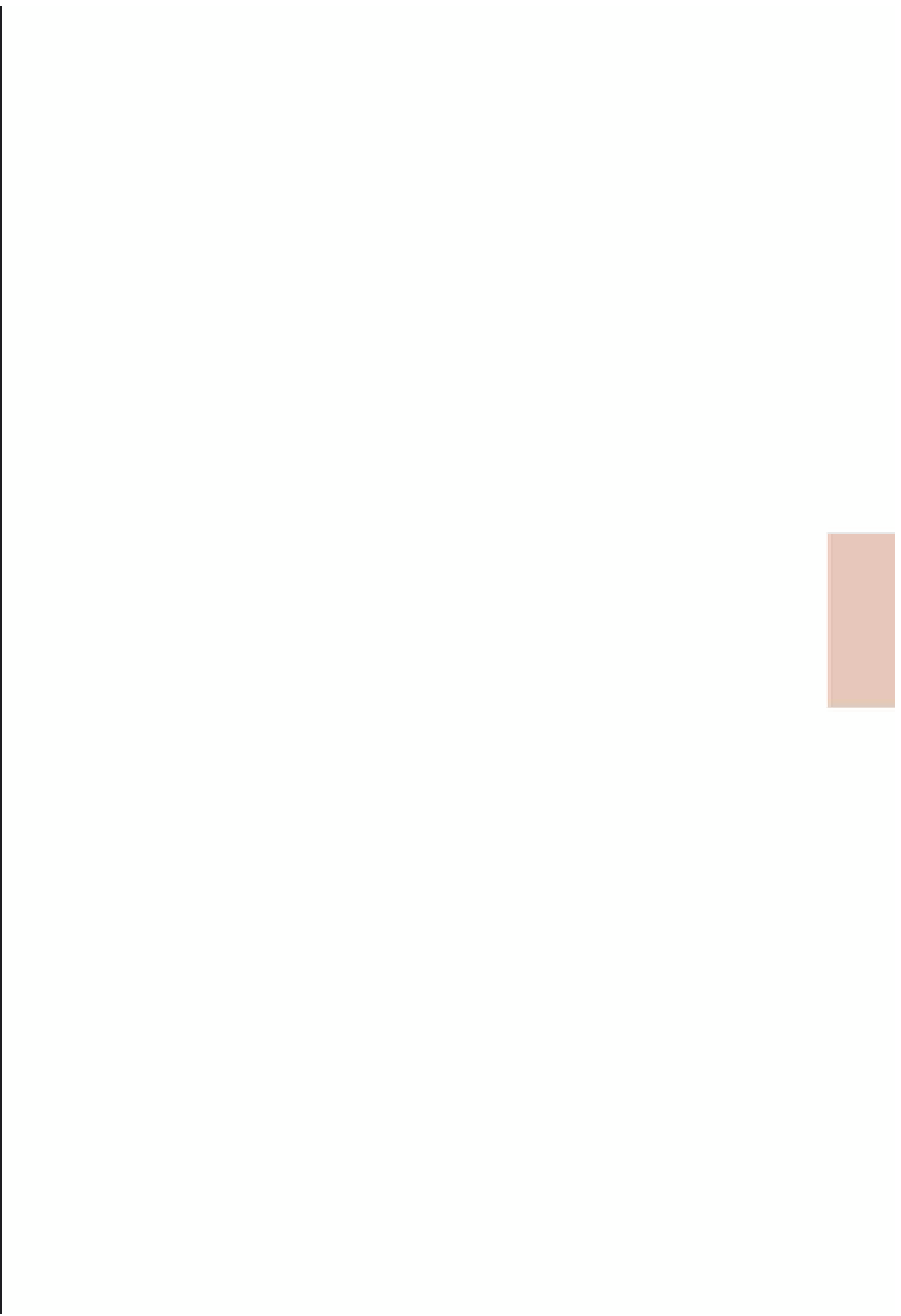Travel Reference
In-Depth Information
permanent exhibitions, one on the history of the synagogue itself and another on the
Jewish life and culture that was once found in the area. You'll have to pass through
airport-style security to get in - a sad reflection of the continuing threat to Jewish
institutions from terrorist attack.
Tacheles
he revitalization of Oranienburger Strasse pretty much began in 1990, when a group
of young international artists took over
Tacheles
, a spectacularly ruined 1907 shopping
centre. Its exterior festooned with works-in-progress, the building soon became the
home and workplace of an ever-changing band of painters, sculptors, kindred spirits
and hangers-on. It gradually moved away from its anarchic beginnings, but various
venues within hosted a busy calendar of offbeat gigs and events. Sadly for the area's
alternative culture, and after a lengthy struggle and numerous demonstrations,
development pressure got the best of the venue in 2012 and the place was ring-fenced
for demolition. While it awaits its final fate, several artists persevere in shacks in the
garden behind. hey welcome visitors.
Auguststrasse
Auguststrasse
was the epicentre of the 1990s Berlin art scene, and though it has long
since lost much of its original edge, it still features workspaces and commercial galleries.
he breathtaking transformation of the street from decrepit inner-city district to
thriving arts scene began in 1989 and was given legitimacy in June 1992 when city
authorities stumped up enviable financial support for the “37 Rooms Exhibition”,
during which the whole of Auguststrasse was turned into a giant gallery. Since then
the street's galleries (see p.217) continue to attract artists and their interesting and
controversial work from all over the world.
4
Jüdische Mädchenschule and Berlin Kennedy Museum
Auguststr. 11-13 • Daily 10am-6pm • €7 •
T
030 20 65 35 70,
W
thekennedys.de • S-Oranienburger Strasse
In pre-Nazi days the corridors of the business-like dark-brick
Jüdische Mädchenschule
(Jewish Girls School) were pounded by some thousand Jewish schoolgirls, most of
whom were later deported or murdered in concentration camps. In recent years the
building has been refurbished by Berlin's art nobility both in their memory and to
provide themselves with a ritzy hangout that includes three restaurants (one kosher),
three floors for art and, slightly irrelevantly, the
Berlin Kennedy Museum
.
Inspired by the US president's 1963 visit to Berlin - then the front line of the
Cold War - the museum is now a much broader homage to John F. Kennedy. He
understood, as no other politician before him, the power of photos and then television
- partly thanks to his former-photojournalist wife Jackie. As Norman Mailer put it:
“America's politics … (became) … America's favorite movie, America's first soap opera,
America's bestseller.” Evidence of this carefully orchestrated media campaign (which
included a ban on photos showing Kennedy wearing glasses) and resultant cult of
personality abounds in the museum's three hundred
photos
and magazine covers. he
dozens of other 1960s relics include JFK's old ties, cu
inks, phonebook and some
preserved presidential doodles - twirling shapes casually interspersed with words like
Cuba, Berlin, Eastern Europe - as well as the crocodile-skin briefcase that accompanied
him on his fateful trip to Dallas. Also here is a brilliant
photomosaic
of Kennedy by
American artist Rob Silvers who invented the technique: it uses hundreds of pictures
from his life to build a mask.
he real highlights of the museum, however, are exhibits relating to JFK's eight-
hour
Berlin
visit
on June 26, 1963. he Berlin Wall had been built just two years
earlier, so the city's emotions ran high, and there's wonderful footage here of ecstatic
crowds - people breaking free of security cordons to shake hands with the passing































